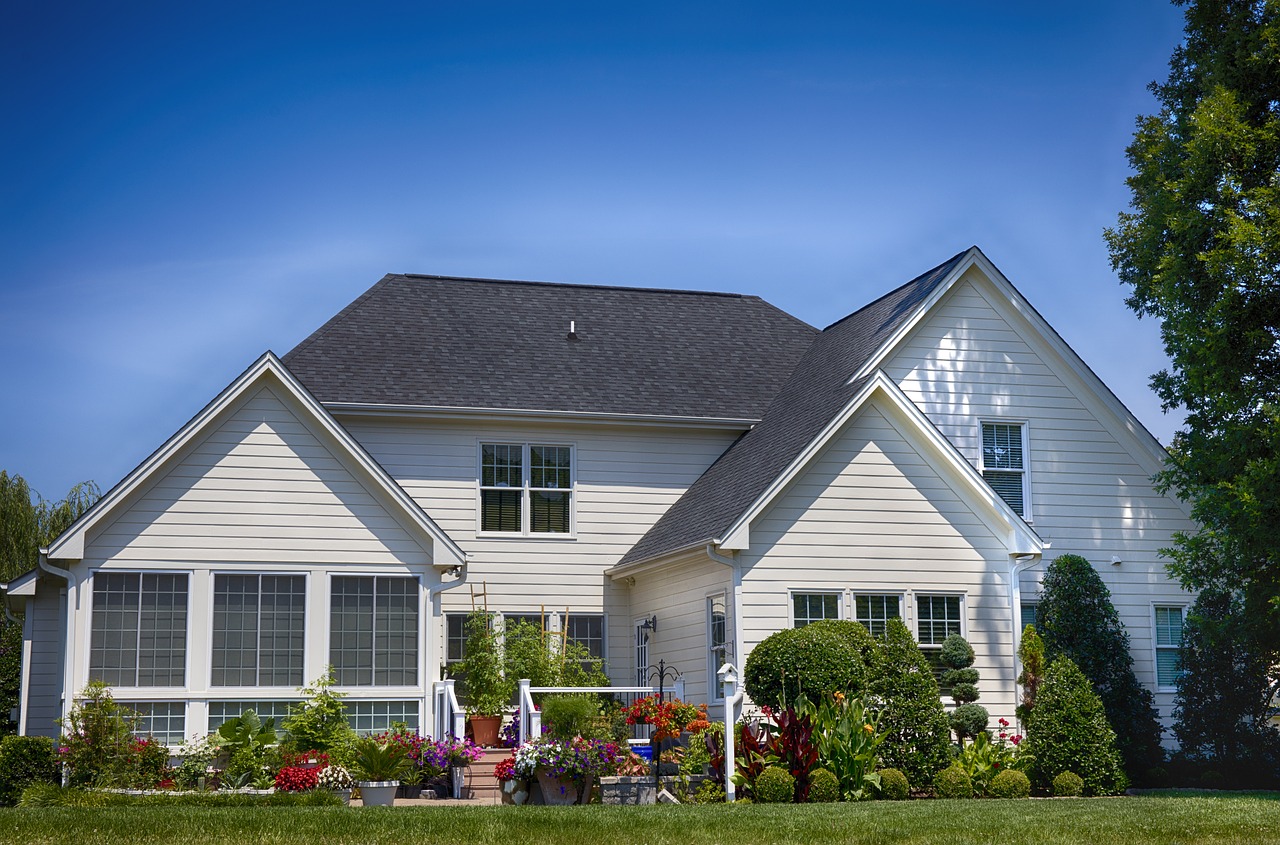There are several roofing choices nowadays, however shingle roofs remain the No.1 choice among homeowners. The reasons why they are so popular are many–from the fairly low cost of the material to its good appearance. Let’s now examine the advantages and disadvantages of shingle roofing.
The Good Stuff
They are affordable
Asphalt shingles as roof materials are fairly cost-efficient and they are a big reason why they are so commonly used. Provided they are installed properly, asphalt shingles may live up to 17 years–this is not so long compared to other roofing materials like clay tiles and metals, however, their cost-efficiency overpowers long-lasting protection.
Efficiency
While Shingles may not be as long-lasting as other roofing products, tar shingles may offer considerable protection. As they come at a fairly low cost and offer satisfactory protection, many homeowners deem them as a cost-efficient choice.
Style & Fit
A nice-looking roof adds an attractive touch to your house and that is certainly an important consideration when you intend to sell your home in the future. One of the pros of getting tar shingles is that they are externally moldable and come in several styles to suit your home’s style: 3-tab, laminated or premium versions. Furthermore, asphalt shingles come in various colors as well with black and brown being the most commonly picked colors, but you may also go for blue, green, or red color. This makes tar shingles incredibly versatile and able to match various home styles without looking weird.
Easy Set-Up
Tar shingles are more lightweight compared to other roofing products and they are also easy to train and install afterward. Additionally, they require less preparation work and no special equipment is necessary, making the set-up much easier than other roofing products.
Separate Shingles May Be Replaced
A rightly installed and solid shingle roof can last for several years to come, but it can deteriorate after some time due to chronic wear-and-tear. Even if the shingles damaged are one or two, replacing these is not hard at all.
Drawbacks of Shingle Roofing
High vulnerability to wind
Shingle roofs are more susceptible to wind uplifts, which can slide them off and leave them exposed to water leaks.
They are not recommended in freezing climates
Shingles perform their best when they are installed in warmer climates as opposed to snowy and freezing climates. Heavy and snowy conditions may result in cracking the shingles during their installation.
Development of Mildew Is A Common Sign In Shingle Roofs
If the shingle roof is not maintained properly, mildew can easily grow on the shingles and expand in shielded roof spots. To prevent this from happening, you have to get your roof nice and clean occasionally.
They are not ecological
Tar shingles are a partially solid petroleum by-product and thus they are not an ecological roofing choice. They also lead to high energy waste and greenhouse gas production during their making. Other roofing materials are more sustainable and environmentally-friendly.
